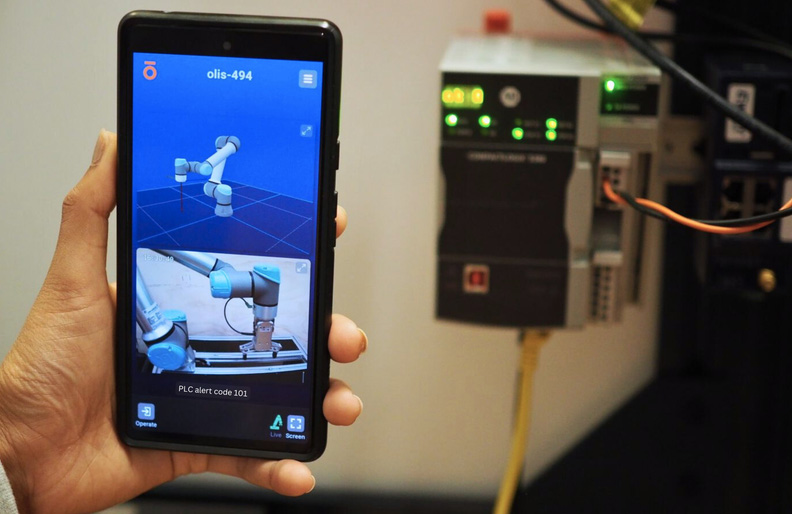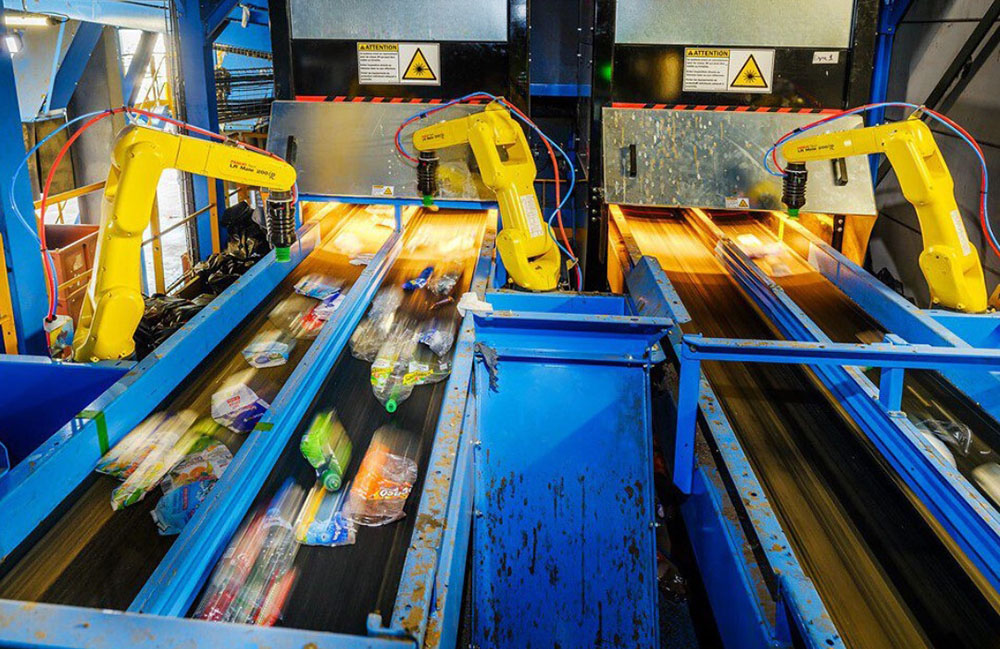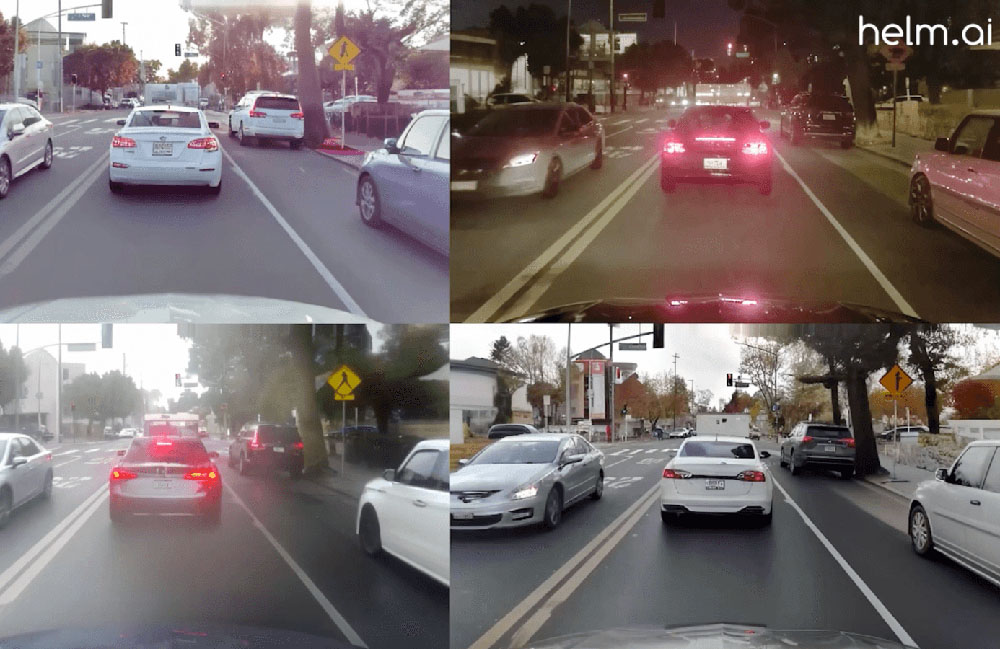Olis’ PLC system alerts users to what went wrong when a robot stops working. | Source: Olis Robotics
End users turn to automation because it promises consistent work with minimal downtime. When something goes wrong, the robot must stop working and wait for a human operator to step in and figure out the problem. During this period, companies are losing out on valuable time and productivity. Olis Robotics said it hopes to tackle this issue with its remote diagnostics system for industrial automation cells.
The Seattle-based company provides video and telemetry-based diagnostics for workcells. This enables technicians to diagnose the root cause of downtime events, like a robot failure.
By giving users immediate access to diagnostic data, Olis said they can quickly and remotely debug robotic cells. This has the potential to slash manufacturer downtime while empowering integrators to take on more business.
Olis added that it has expanded its capabilities to entire industrial cells, from the programmable logic controller (PLC) to the fingertips of the robotic gripper, as well as conveyors and other hardware. Using the software, users can monitor and set alerts for pre-defined runtime parameters through the PLC, including I/Os, registers, and custom tags.
Olis provides key performance indicators
Common uses for PLC tags include measuring overall equipment effectiveness (OEE), monitoring cycle times, and fault detection.
“The PLC often contains important diagnostic data required to understand the causes of unplanned downtime,” stated Fredrik Ryden, CEO of Olis Robotics. “Olis’ new PLC capabilities enable real-time access to that data, effectively closing the loop on video-based diagnostics for industrial automation systems.”
Olis will launch the new product at IMTS 2024 in Chicago from Sept. 9 to 14. Founded in 2013 as a spinout from the University of Washington’s Applied Physics Lab, Olis said it has built on over a decade of telerobotics research and development conducted with the U.S. Navy and NASA.
When robots fail, the company claimed that its flagship Olis system delivers the data needed for remote monitoring, control, and troubleshooting.
New PLC makes integrators ‘unstoppable’
The PLC orchestrates all of the robots and manages all of the logic for a whole cell. For integrators, the new PLC capabilities enhance their ability to debug a system before shipping.
They can also use it to successfully monitor the system after deployment and remotely monitor and debug entire industrial cells.
“Diagnosing the cause of failure in modern automation cells is notoriously difficult and requires considerable expertise,” said Steve Solack, controls engineering manager at Michigan-based integrator Mission Design & Automation. “This is due to the complexity and variety of components involved.”
“With the most crucial diagnostic information often being found in PLC tags and robot data, being able to quickly access such data via Olis’ easy-to-use interface reduces the time and skill set required to understand the problem, making us more efficient and reducing downtime costs for our customers,” he said.
In addition to reducing downtime, Olis said its tools can increase visibility for integrators and operators.
“Sometimes, when a failure occurs, the robots may not even know that there’s a problem,” said Bill Ordakowski, sales engineer at Olis Robotics.
“Integrators have told me that they will be ‘unstoppable’ with this new technology,” he added. “It’s not just the radically reduced downtime that they appreciate, but the extra breadth and control PLC access brings to remote monitoring and diagnostics.”
Olis said this new functionality can even be used to maintain and improve standards in production throughput. For example, in an application involving a robot inserting bolts into a part, users could create an alert that indicates when the feeder is running low on bolts. The PLC can then send Olis an alert informing the operator that it’s time to refill the feeder.
Controllers build confidence in robotics
“Kaitech expects to deploy a large number of robot cells to a variety of customers, including a major warehouse club retailer, in the coming years,” said Kilen Multop, IT director at Idaho-based integrator Kaitech Automation.
“To support this rapid growth, we need to ensure that robots are deployed quickly and without problems,” he added. “We will also need to track cell performance for many years to come. Olis enables Kaitech to scale with added confidence by helping with these key elements of automation deployment and management.”
Olis’ new PLC features are specific to Rockwell Automation’s Allen Bradley PLCs. Robotic arms compatible with Olis include those of Universal Robots, Kawasaki, and FANUC. The company plans to add compatibility with more brands.
The company partnered with Kawasaki in February to jointly offer robots and controls to enable customers to restart production faster, reduce troubleshooting and downtime costs by up to 90%, and gain access to expert support more quickly.

 3 months ago
40
3 months ago
40










 English (US) ·
English (US) ·